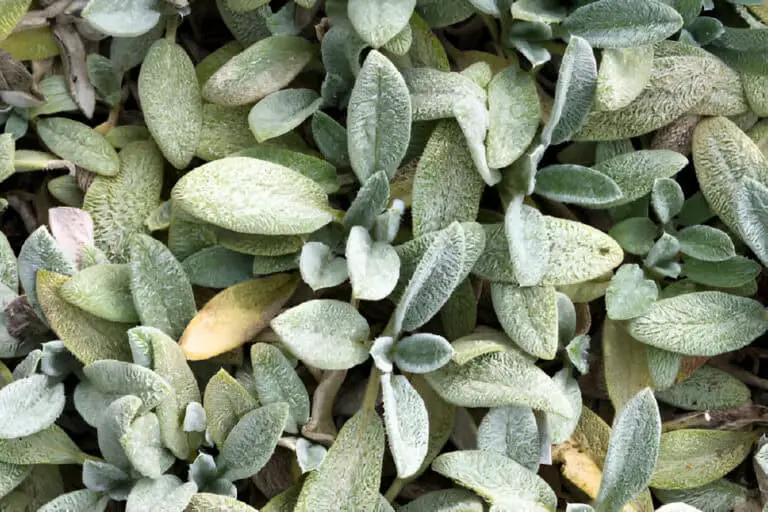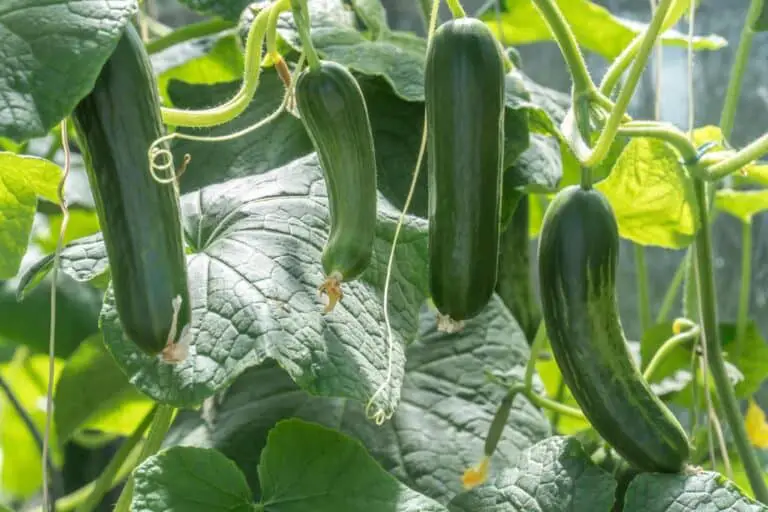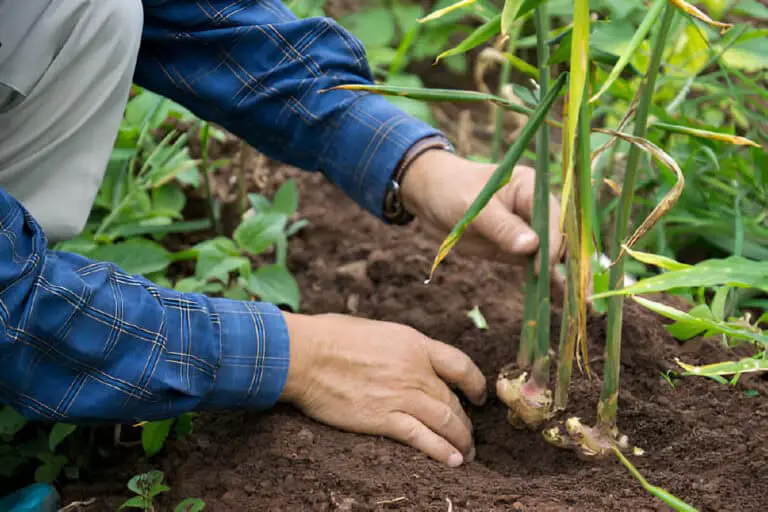How Many Asparagus Do You Get From One Plant?
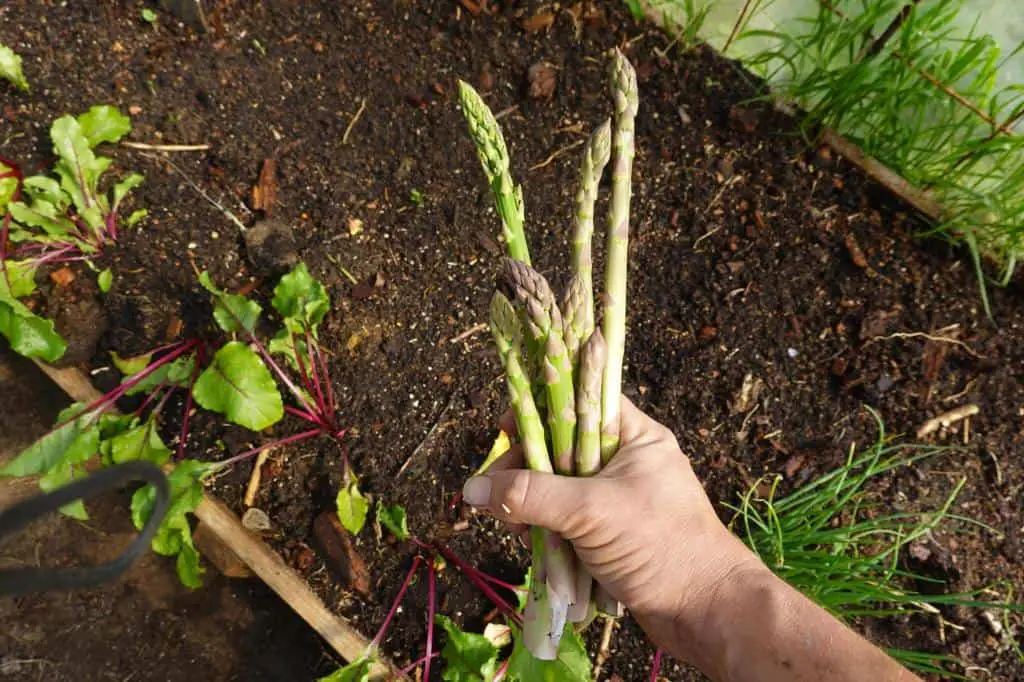
Curious about asparagus yields? Explore the yield potential of one asparagus plant. Get ready for a bountiful harvest!
Asparagus has slender stalks and a distinctive flavor. It has long been a favorite vegetable among food enthusiasts and the health-conscious. But have you ever wondered how many of these tasty spears you can harvest from one asparagus plant? The answer may surprise you!
In this article, we will explore asparagus cultivation. We will look at the great yields possible from nurturing just one humble asparagus plant. Prepare to be amazed by the potential abundance that lies within these unassuming green shoots!
How Many Asparagus Do You Get From One Plant?
From my gardener’s point of view, a mature asparagus plant can produce about 8–10 spears per growing season. Each plant can produce multiple harvests per season.
But the number of spears produced can vary. It depends on factors such as the asparagus variety, care in growing and harvesting, and the age of the plant. It’s also worth noting that asparagus is a perennial vegetable that can produce crops for 15 or more years, so the yield can increase over time.
Consider the average yield per plant. As a gardener, you need to account for key factors. They contribute to the overall asparagus production.
Factors Affecting The Yield of Asparagus Plants
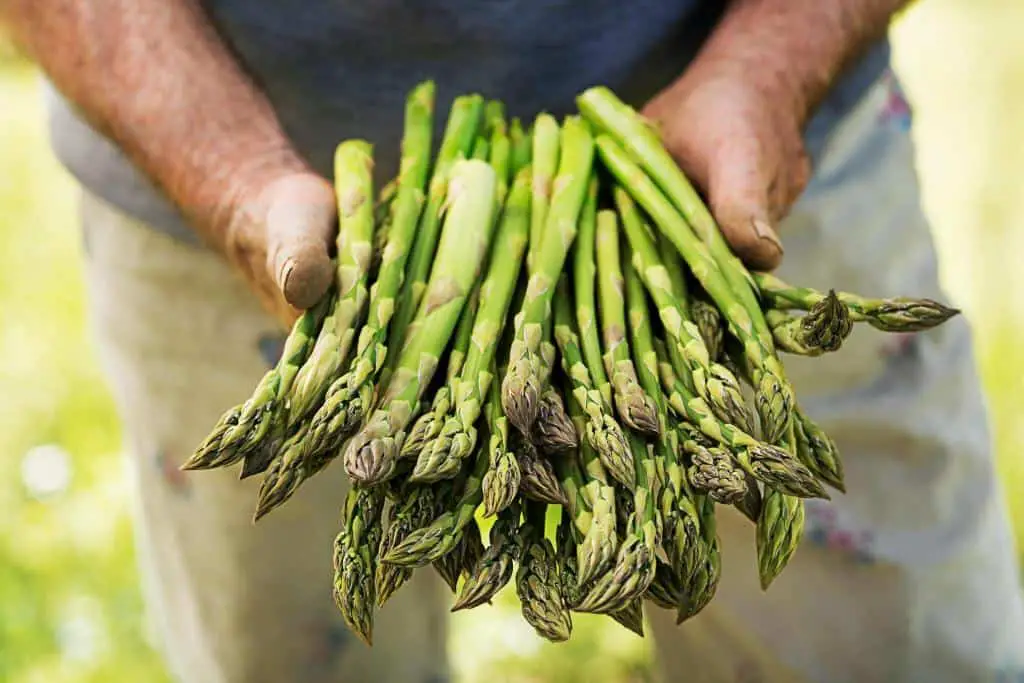
Several key factors determine the harvest’s success. Each plays a big role in asparagus yield.
1. Age of the Plant
The age of the asparagus plant is a crucial factor in its yield. Generally, younger plants produce less than mature ones. Asparagus plants typically reach full productivity around the third year after planting. During this maturation period, the plant grows strong roots. It also learns to make more spears.
2. Variety of Asparagus
The choice of asparagus variety also impacts yield. Each variety has different productivity and adaptability. They vary with the climate and soil. For example, some varieties may produce larger or more abundant spears compared to others.
3. Growing Conditions
Optimal growing conditions for asparagus are essential for maximizing asparagus yields. Factors such as soil quality, drainage, sunlight exposure, and temperature all play critical roles.
Asparagus thrives in well-drained, nutrient-rich soil with a pH level between 6.5 and 7.5. Also, giving enough water is vital. Proper weed control is also important. They are vital for healthy growth and high yields.
Overall, a well-established asparagus patch can produce a significant harvest. However, it’s essential to manage these factors effectively to maximize yield. With proper attention and care, asparagus plants can provide a bountiful harvest for years to come.
Does Asparagus Multiply on Its Own?
Yes, indeed, asparagus has a remarkable ability to multiply on its own, given the right conditions and care. This natural propensity for multiplication occurs through the propagation of seeds or roots.
Asparagus plants have strong roots. They tend to send up shoots, or “sticks,” in many directions. This helps them expand over time. This process lets the plant reproduce and spread. It adds to the plant’s long life and yield potential.
When considering how much asparagus one can get from a single plant, the yield can be quite impressive. With care and maintenance, a mature asparagus plant can produce many harvests.
How to Increase Yield on Asparagus
To boost your asparagus yield, you need to use effective farming practices. Here are some tips to consider:
Tips to Increase Asparagus Yield:
1. Plant in Well-Draining Soil
Asparagus thrives in soil that drains well. Ensure good drainage by amending heavy clay soils with organic matter like compost or peat moss. This allows the roots to develop freely and prevents waterlogging, which can stunt growth.
2. Provide Adequate Sunlight and Water
Asparagus plants require ample sunlight to grow vigorously. Choose a sunny location with at least 6–8 hours of direct sunlight daily. Additionally, maintain consistent soil moisture by watering regularly, especially during dry spells. Avoid overwatering, as this can lead to root rot.
3. Fertilize Regularly
Regular fertilization provides essential nutrients to support healthy growth and maximize yield. Use a balanced fertilizer. It should have more phosphorus. This promotes strong roots and robust spear growth. Apply fertilizer as the manufacturer recommends. Do this in early spring before spears emerge. Then, apply it again after the final harvest.
4. Avoid Over-Picking
Growers should avoid overpicking. It may deplete the crown’s carbohydrates, shorten recharge time, and hurt future yields. They should avoid shoot damage during the fern phase. This will expand the total leaf area of the crop.
5. Regularly Harvest Mature Spears to Encourage New Growth
Harvest asparagus spears often. It’s key for a healthy patch. Harvest mature spears promptly. This encourages new growth and ensures a steady supply of fresh asparagus all season.
Harvesting mature spears involves cutting or snapping them off at ground level. This is done when they reach the right size, usually 6 to 8 inches long. This process spurs the plant to make more spears. It ensures a steady harvest for weeks.
Also, harvesting spears before they get too woody or tough makes eating them more enjoyable. It also encourages the plant to put energy into making new, tender shoots.
6. Mulch Around the Plant to Retain Moisture and Control Weeds
Mulching around your asparagus plants serves many purposes. It helps their health and productivity. Applying a layer of mulch helps retain moisture in the soil, preventing it from evaporating too quickly under the sun’s heat. This is especially helpful during hot, dry periods. Asparagus plants may need extra water to thrive. Mulch conserves moisture around the plants’ roots. It keeps soil moisture at the right levels. This ensures that your asparagus gets the water it needs for healthy growth.
| Read: Why Your Asparagus is Tall and Thin |
How Long Do Asparagus Plants Live?
Asparagus plants need proper care and good conditions. They can live for seven years or more. You will get many seasons of delicious spears. However, to ensure they live and work for a long time, it’s essential to care for them properly. This is especially true as winter approaches.
Preparing your asparagus for winter involves a few key steps. They focus on protecting the plant during the colder months. Once the fronds of the asparagus turn brown and begin to wither, it’s time to prepare them for winter dormancy. The first step is to trim away these brown fronds by cutting them off at the base of the plant. This helps to prevent disease and decay from spreading to the rest of the plant during the winter months.
After trimming asparagus‘s brown fronds, it’s also a good idea to add a layer of mulch around the base of the asparagus plants. This mulch insulates the soil. It regulates temperature and retains moisture. These things are essential for protecting the asparagus crowns in winter.




